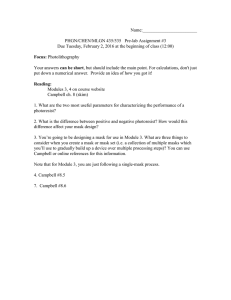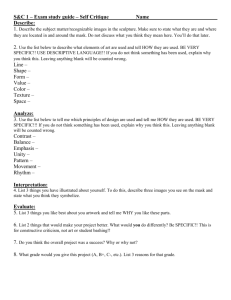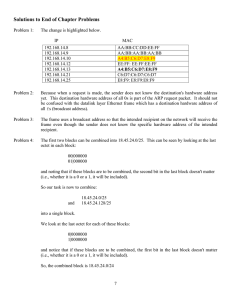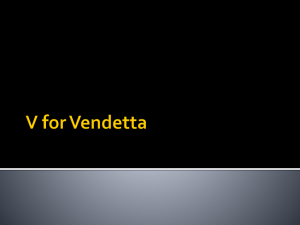Name:________________________ Solutions can be short
advertisement
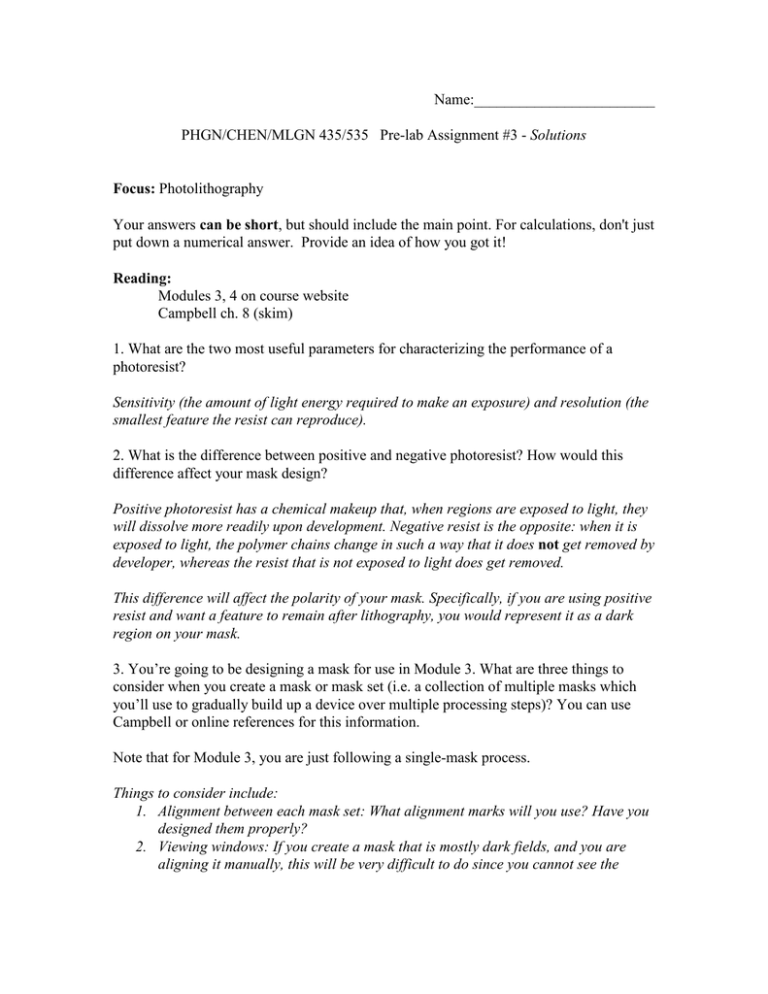
Name:________________________ PHGN/CHEN/MLGN 435/535 Pre-lab Assignment #3 - Solutions Focus: Photolithography Your answers can be short, but should include the main point. For calculations, don't just put down a numerical answer. Provide an idea of how you got it! Reading: Modules 3, 4 on course website Campbell ch. 8 (skim) 1. What are the two most useful parameters for characterizing the performance of a photoresist? Sensitivity (the amount of light energy required to make an exposure) and resolution (the smallest feature the resist can reproduce). 2. What is the difference between positive and negative photoresist? How would this difference affect your mask design? Positive photoresist has a chemical makeup that, when regions are exposed to light, they will dissolve more readily upon development. Negative resist is the opposite: when it is exposed to light, the polymer chains change in such a way that it does not get removed by developer, whereas the resist that is not exposed to light does get removed. This difference will affect the polarity of your mask. Specifically, if you are using positive resist and want a feature to remain after lithography, you would represent it as a dark region on your mask. 3. You’re going to be designing a mask for use in Module 3. What are three things to consider when you create a mask or mask set (i.e. a collection of multiple masks which you’ll use to gradually build up a device over multiple processing steps)? You can use Campbell or online references for this information. Note that for Module 3, you are just following a single-mask process. Things to consider include: 1. Alignment between each mask set: What alignment marks will you use? Have you designed them properly? 2. Viewing windows: If you create a mask that is mostly dark fields, and you are aligning it manually, this will be very difficult to do since you cannot see the 3. 4. 5. 6. underlying wafer (because it will be blocked by the mask). Thus, large, clear viewing windows will help you see the pattern you are aligning to. Test structures: Are there any tests you might want to do as you proceed through your process? Four-point probe measuring devices? Regions for SEM, etc.? Space for the profilometer? What is the alignment tolerance of your device, and the alignment that can be achieved by your mask aligner? For example, if you can’t align with an accuracy greater than 5 μm, then you should not create a device that will require this. What is the reasonable resolution of your mask aligner and the other steps in your process? For example, can you etch vias that are <5 μm in width? (Other reasonable considerations could also be valid.) 4. Campbell #8.5 γ = 1 / Log10(D100/D0) thus 101/γ = D100/D0 and D100 = D0 101/γ . If γ = 7 and D0 = 10mJ/cm2, then D100 = 13.9mJ/cm2. To get a tapered edge, you would use a low dose, very close to D100. In this way, regions near the edge of the pattern will have doses that fall on the sloping part of the contrast curve in Fig. 8.8. This will lead to sloped edges. You can't use a dose less than D100, however, or all the resist won't leave in the fully exposed regions. 5. Campbell #8.6 Without bleaching, light intensity drops with depth in the resist, leaving the bottom of the resist with a much lower dose than the top.
